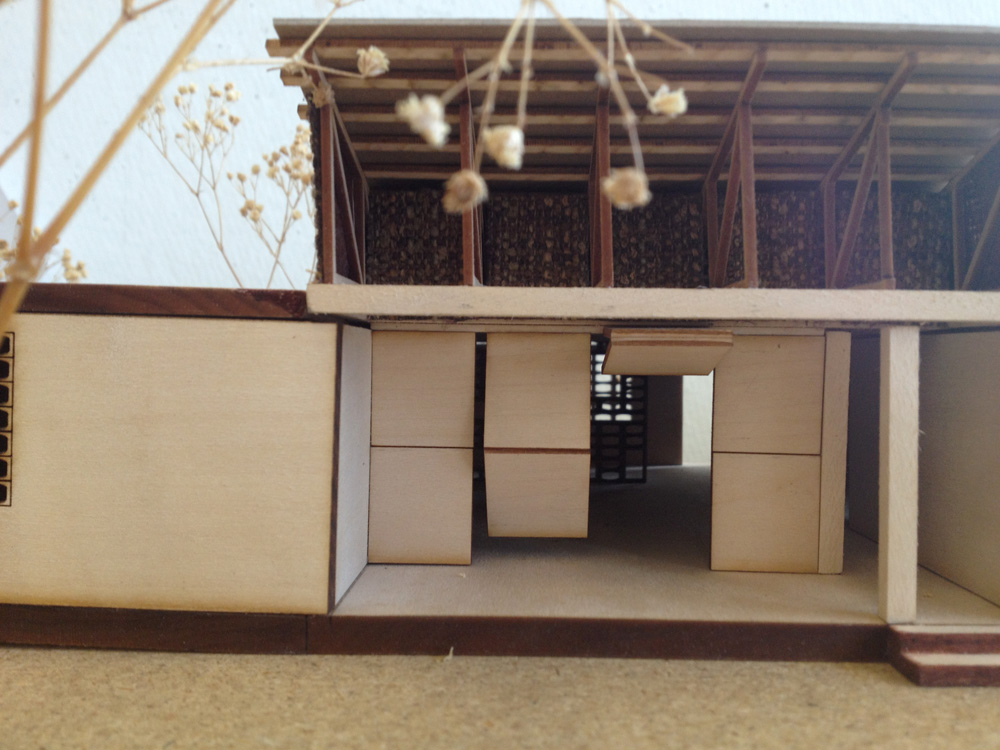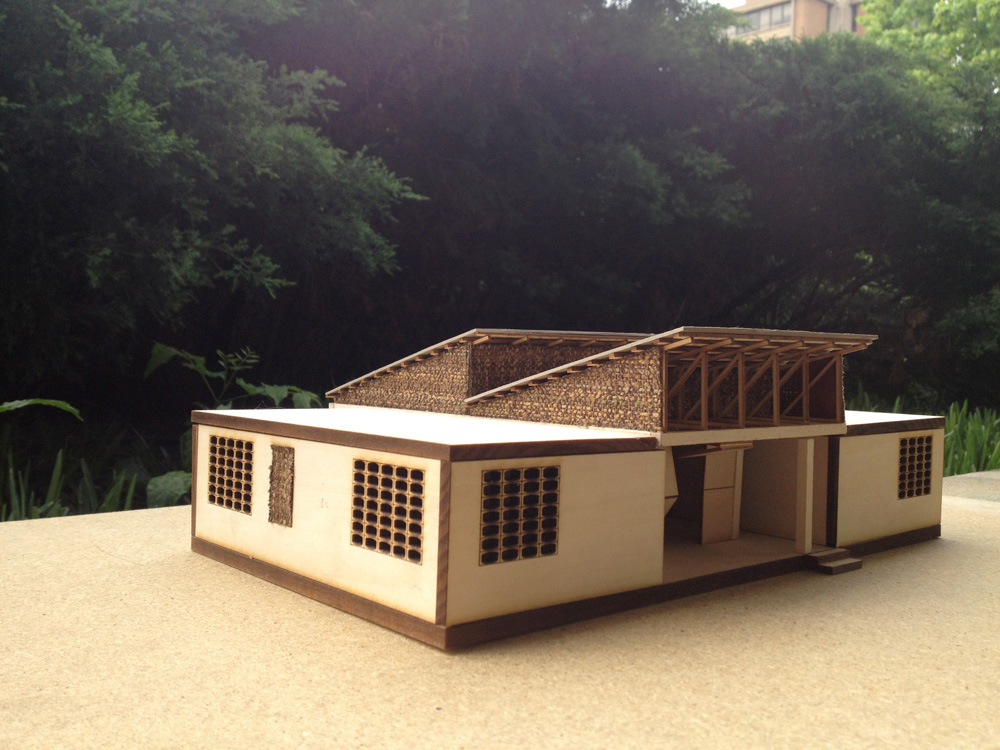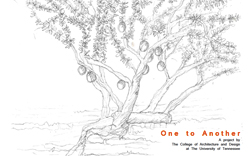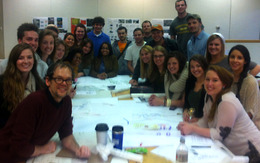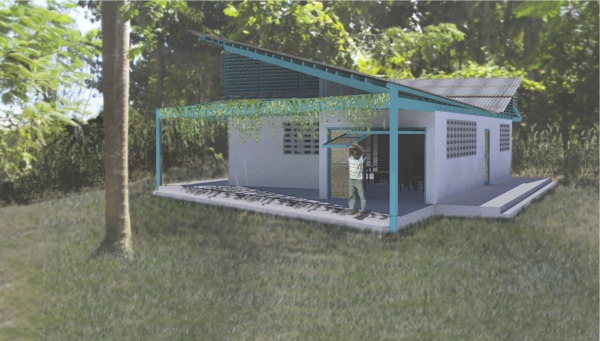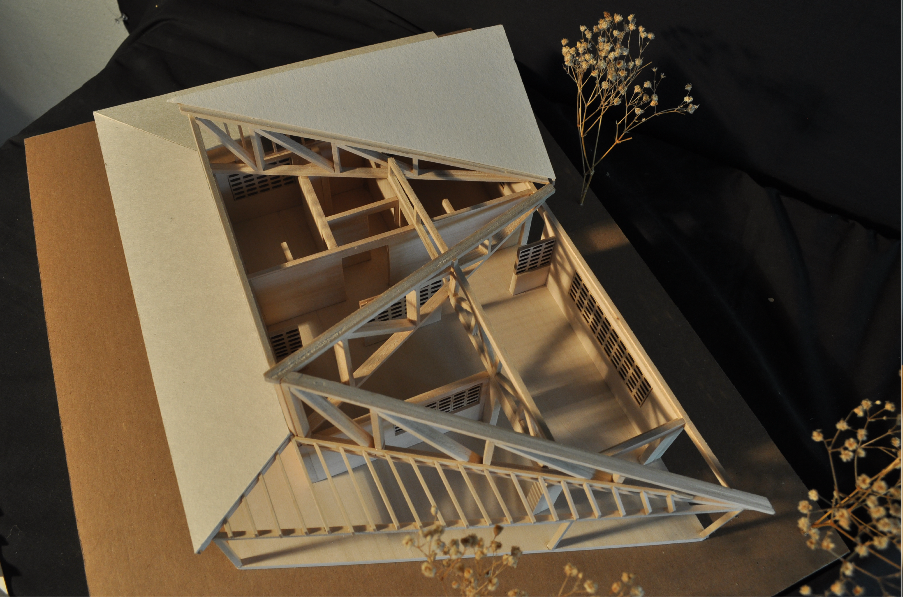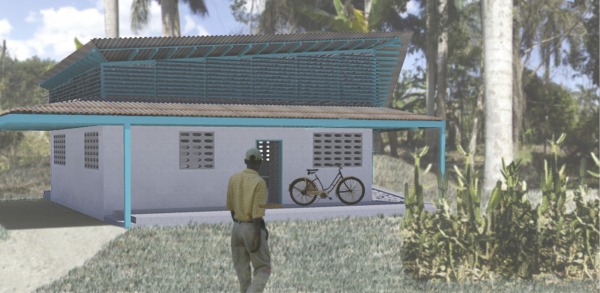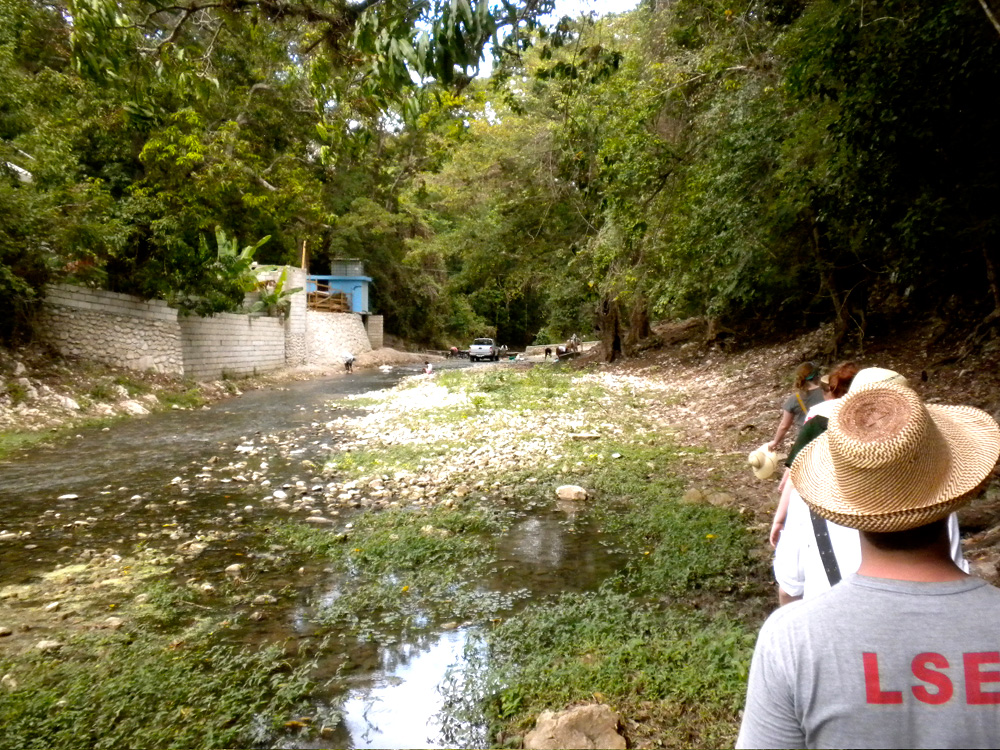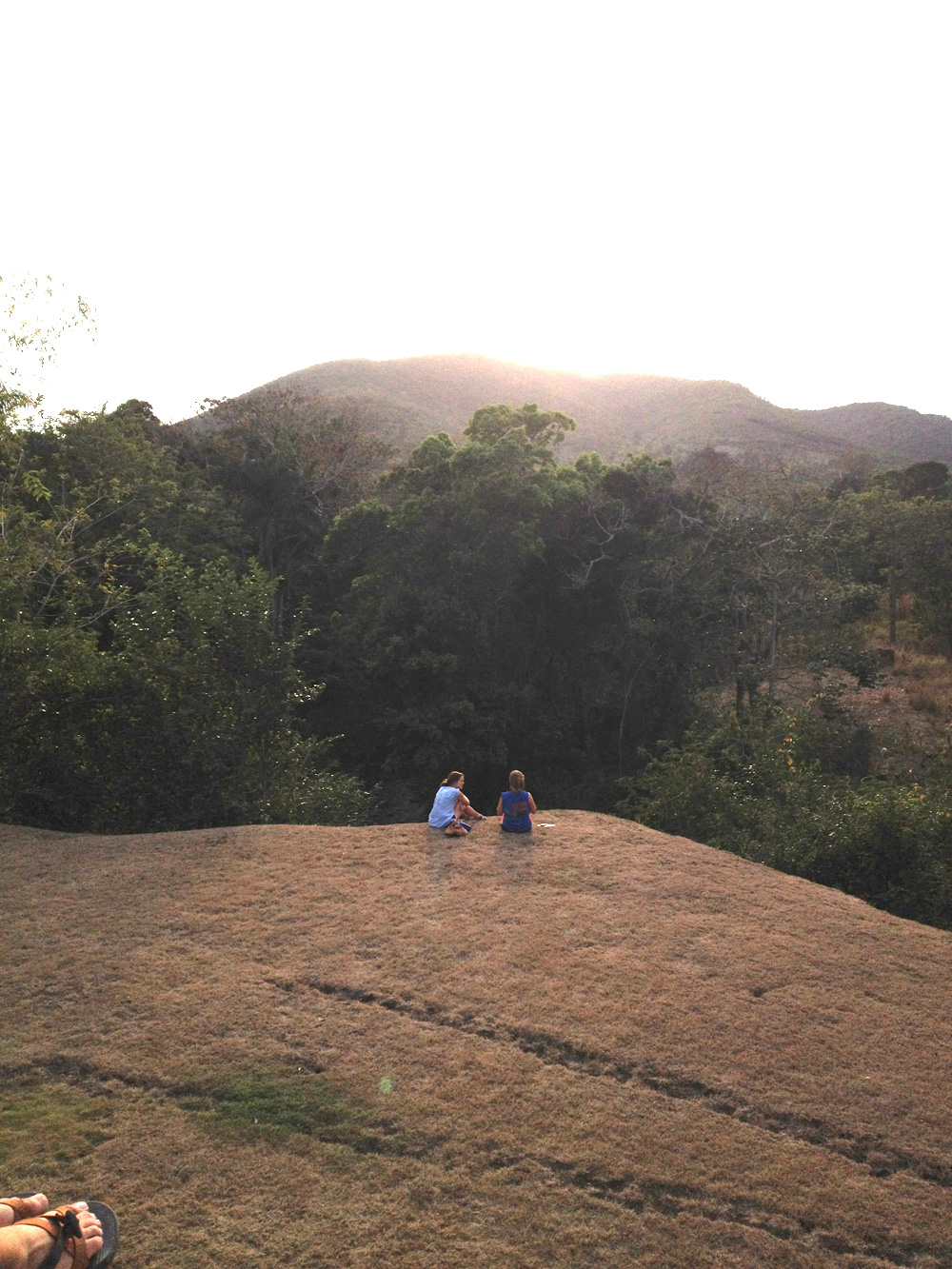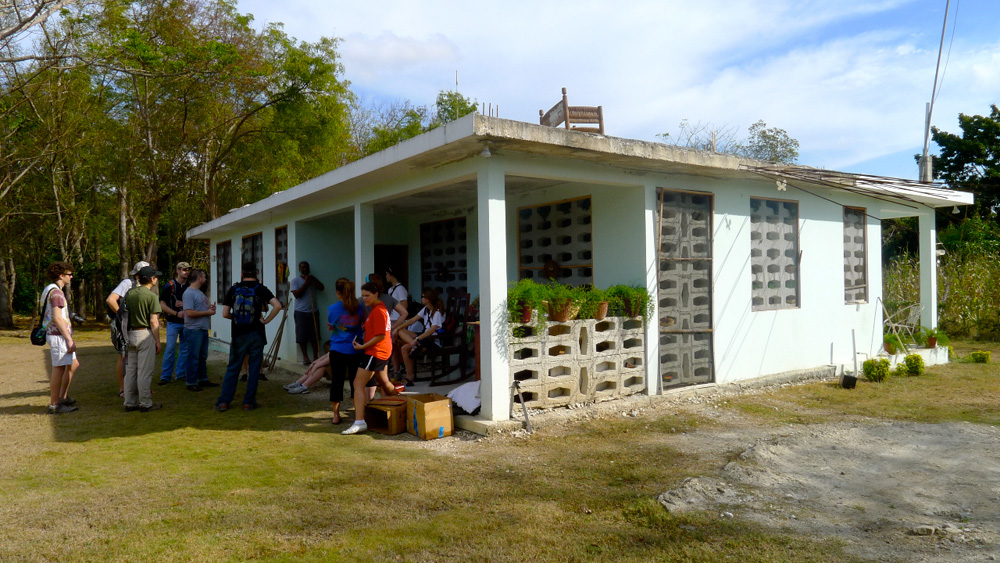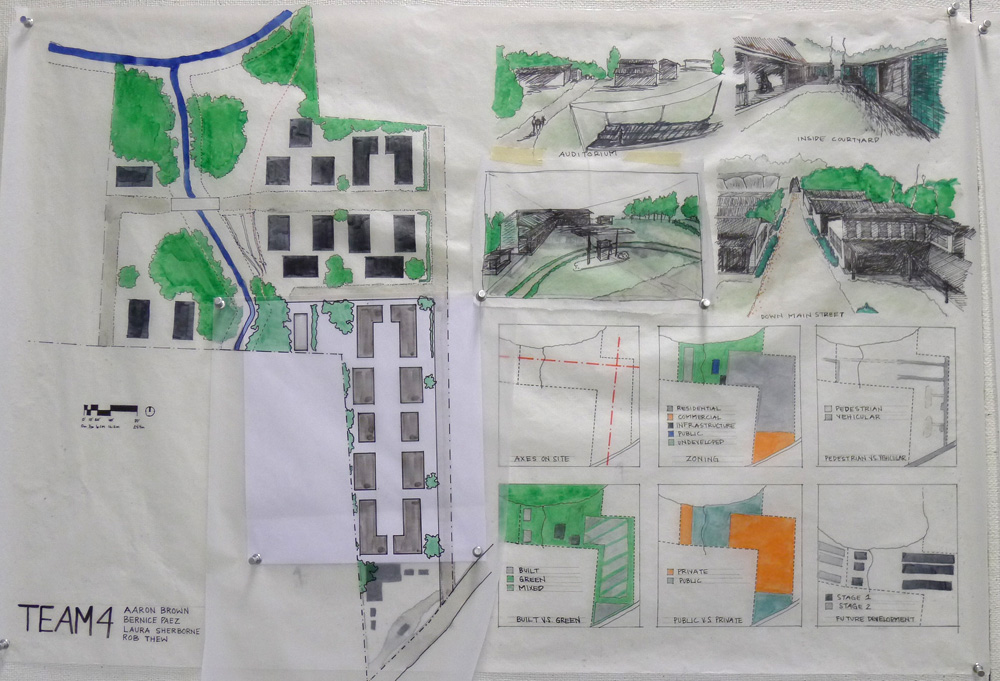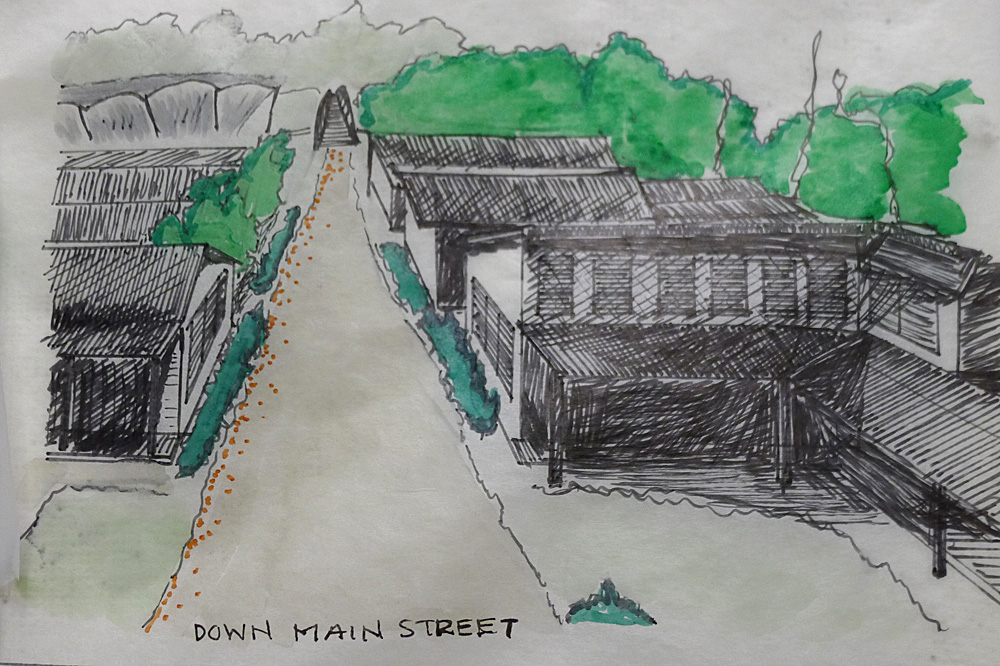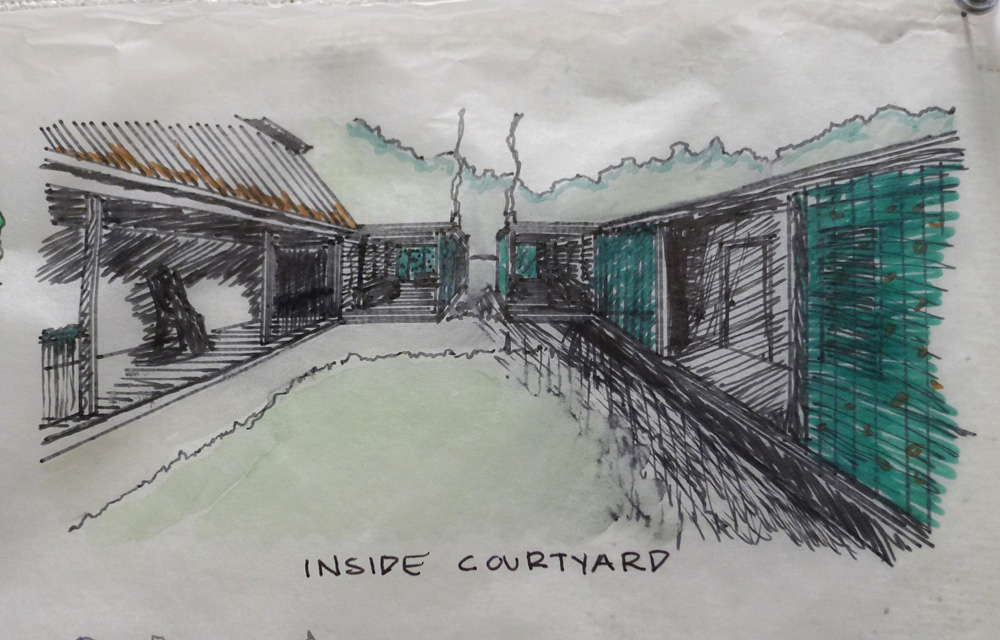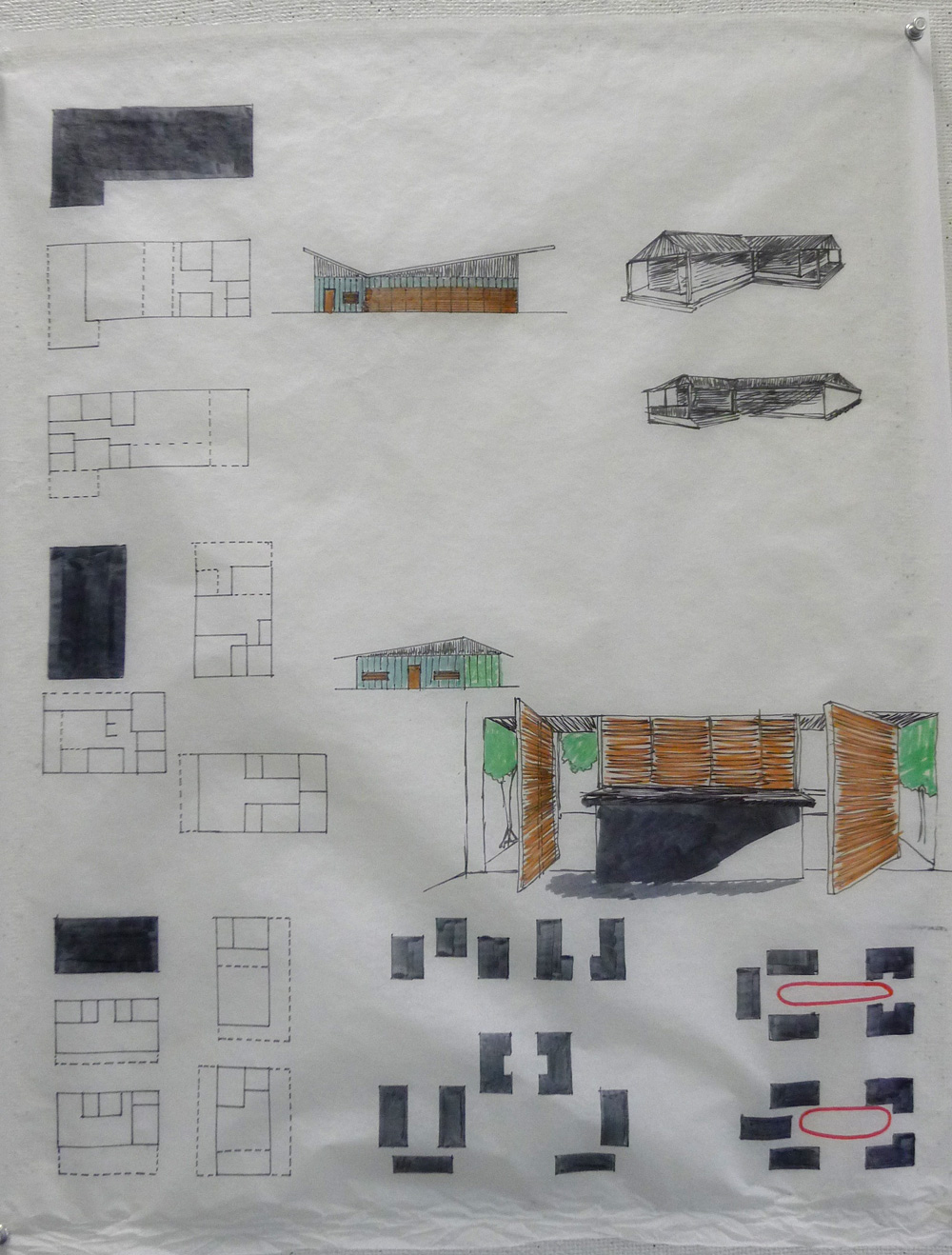ASSIGNMENT #2
CULTURE
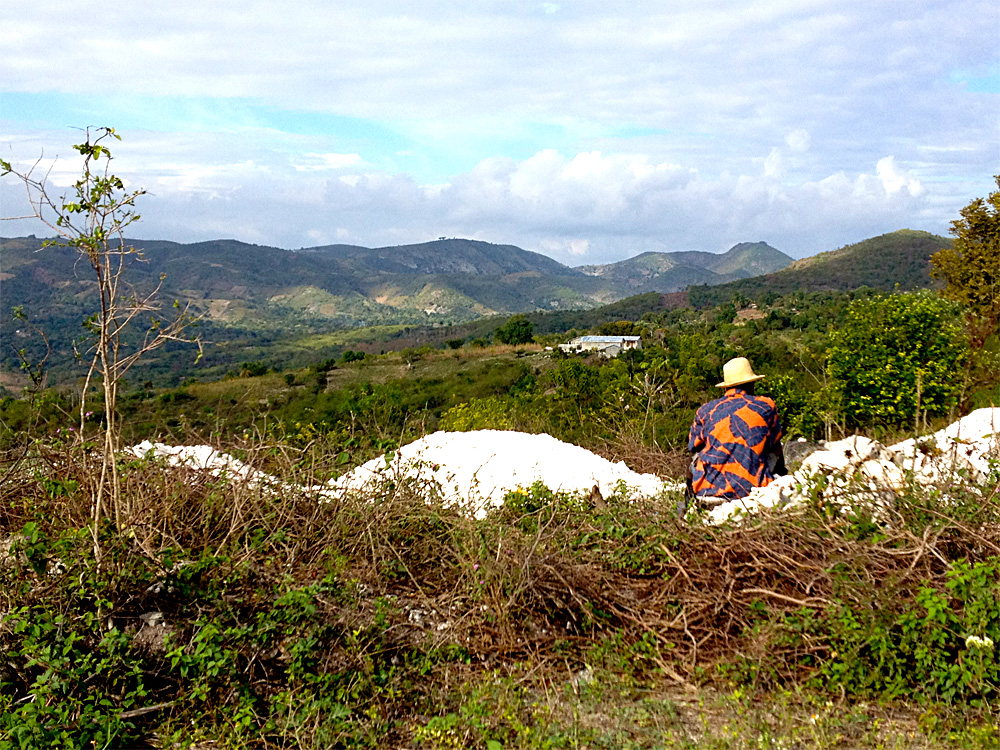
From the minute our plane landed in Port-au-Prince, we knew that our experience in Haiti was going to change us. In the short walk from the plane to the bus that would take us to Fond-des-Blancs, our senses were flooded with the unfamiliar. All around us we could hear voices speaking a language we did not know, the feel of the hot air heavy with moisture and the ground of large crushed rock beneath us, and most vividly of all: the smell which was somewhere between the heavy remnants of gunpowder and the deep smokiness of burning wood.
Our journey from Port-au-Prince to Fond-des-Blancs was nothing if not memorable. After a mere four-hour trip (on a road that could otherwise be defined as a construction site with an opposing car attempting to play chicken about once every five minutes) we arrived unscathed at our destination. Upon arrival we proceeded to eat our meal outside at night with very little light and retire to bedrooms where the "windows" were, in actuality, nothing but holes in a concrete wall.

Prior to our trip, we were prepared for things such as very little electricity and no running water, but it is things like the scent of the air, the conditions of the roads, and the holes in the walls that everyone failed to mention. Perhaps it is because electricity and running water seem to be the most important things that we, as Americans, would suffer the greatest loss. However it is the voices we heard, the scents we smelled, and the people and architecture we saw that began to shape our view of a culture. Through elements such as these, we begin to experience a profound change within ourselves in relationship to the people of Fond-des-Blancs.
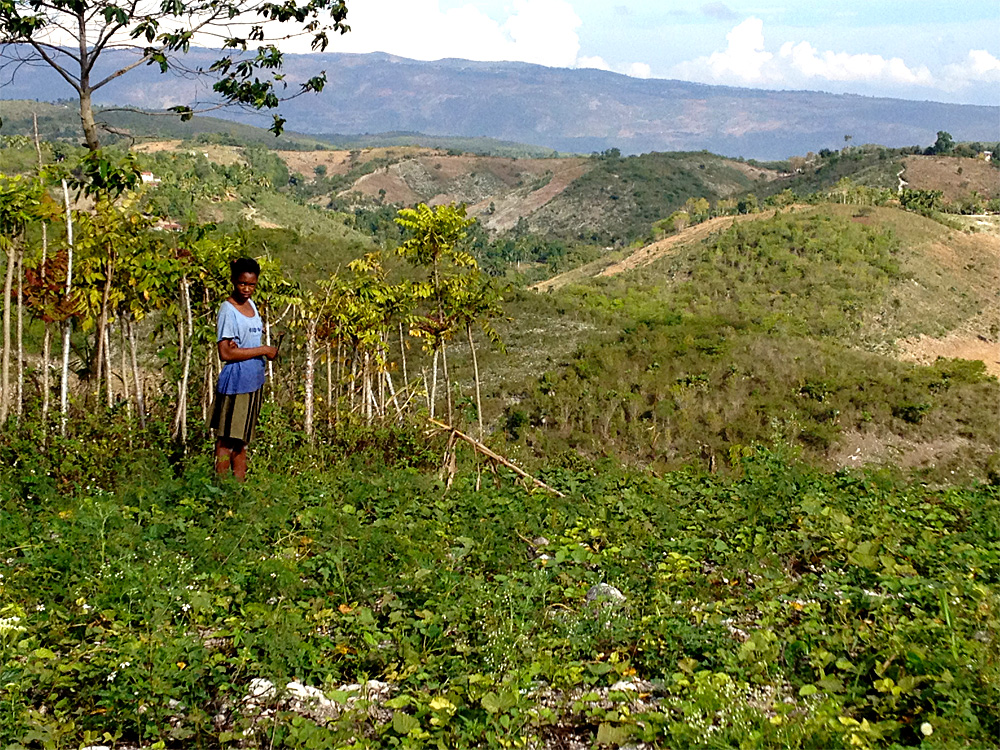
It is impossible to explain something like culture, with all of its depths, to someone that has not experienced it themselves. Before our trip we had researched, heard first hand accounts, and viewed images of Haiti to the point that we believed we were adequately prepared for the trip. In truth, we were completely blind. The ways in which the people of Haiti live their lives was so beyond the scope through which we were looking. People riding four to a motorcycle, tying up their livestock just about anywhere you can think of, riding donkeys to the river to collect water, and selling anything from rice to a telephone in the market, are all things that quickly became familiar to us.
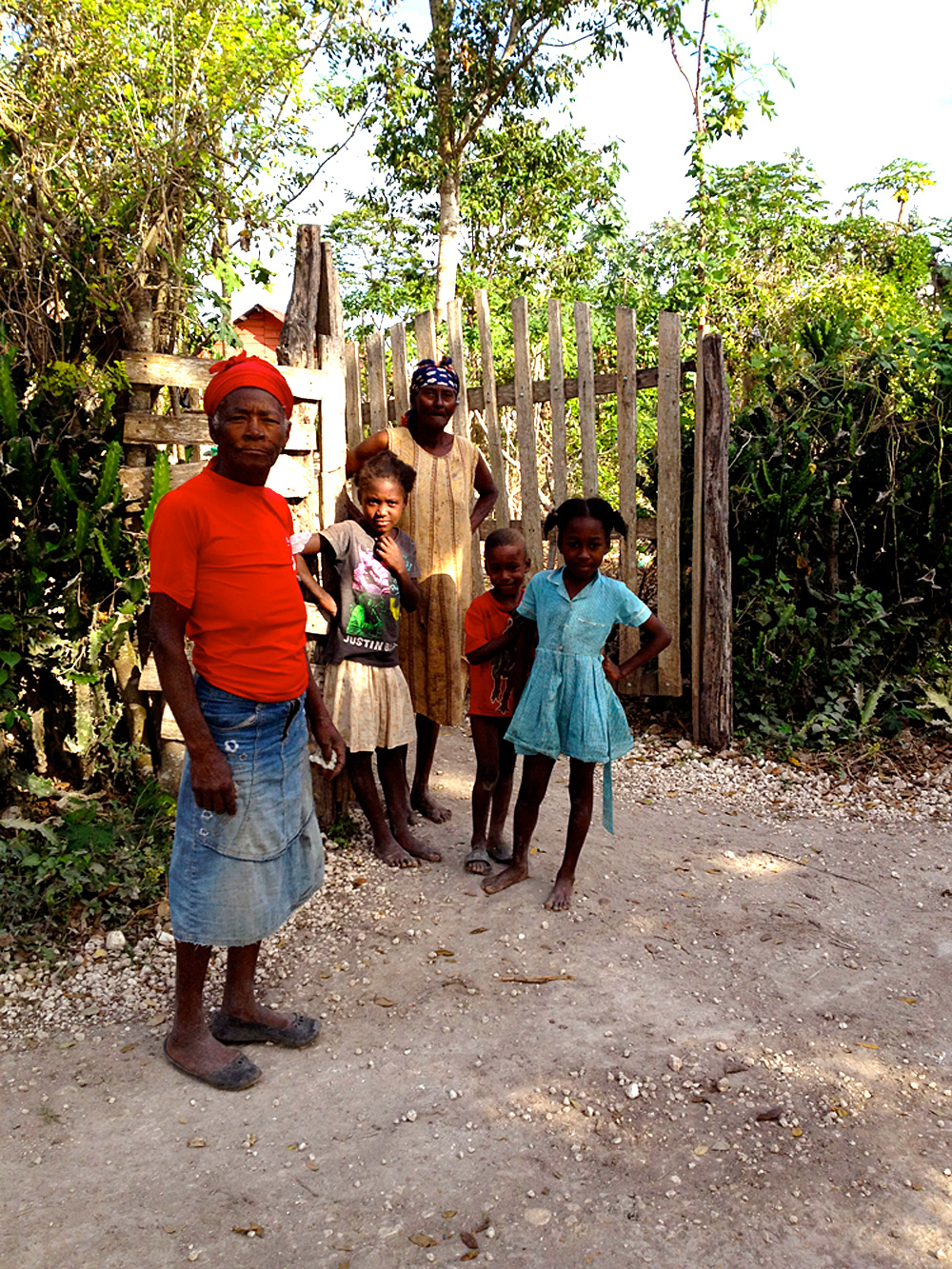
It is so hard to grasp the culture of a place so completely different from our own. Looking at it from where we stand now, even after visiting, it is hard to imagine ourselves living the way the people of Haiti do, and being able to thrive in such conditions. But in a way, it is also so peaceful. Yes, they have to walk to the spring to collect water, do laundry in the river, and potentially walk miles to get to the market, yet the way they live, though difficult, is simple. They do what they have to do to survive yet they still maintain close family ties and friendships with one another and are, for the most part, simply happy.
We cannot wait to create a community in Fond-des-Blancs that will offer not only housing, but opportunity to the people that reside their. Though our views have changed since we travelled to Haiti, our understanding of the country is much deeper and our love for it is much stronger. We are so excited for this opportunity and cannot wait to be a part of such a special project. We love Haiti!
SITE OVERVIEW
After investigating the site for several hours on Saturday, we realized that our overall site design would actually work quite well, given the existing site conditions. We began our tour of the site at the northern end where the initial housing would be placed. After walking down into the river basin, we realized how important the approach from the river would be. Continuing through the site and across the stream, we immediately noticed much of the land on the western side of the stream was extremely steep and not buildable. Crossing the stream back to the main part of the site, we noted a rocky outcrop that could potentially become a location for the footbridge. Upon entering the lower leg of the site we realized that much of this area was relatively flat and buildable. This would be the area where we would place a large amount of our housing, utilizing the flat landscape. Approaching the proposed commercial area, near the road on the southern end of our site, we sought shelter from the sun under the canopy of large palm trees. We had previously dismissed the importance of these trees; upon seeking refuge under their canopy we unanimously decided to keep these trees in our design proposal and utilize the shade they provide for a public space.
SITE ANALYSIS
We were assigned the task of determining soil infiltration rates around the site. Provided with a base map with various locations we began work. The process was simple; dig a hole approximately 6” x 6” x 6”, fill it with water, record the amount of time required for the hole to completely drain. We preformed this process at nine locations around the site, which represented various soil conditions. The data from each point was recorded and is represented in the map we created. We realized there is very little clay soil on our site, and the majority of the test holes contained a silty soil or a combination of silt and sand in the soil. Our findings will affect where our field lines and sewage systems will be located, as well as, where drainage from the site can be filtered and returned to the water table safely.
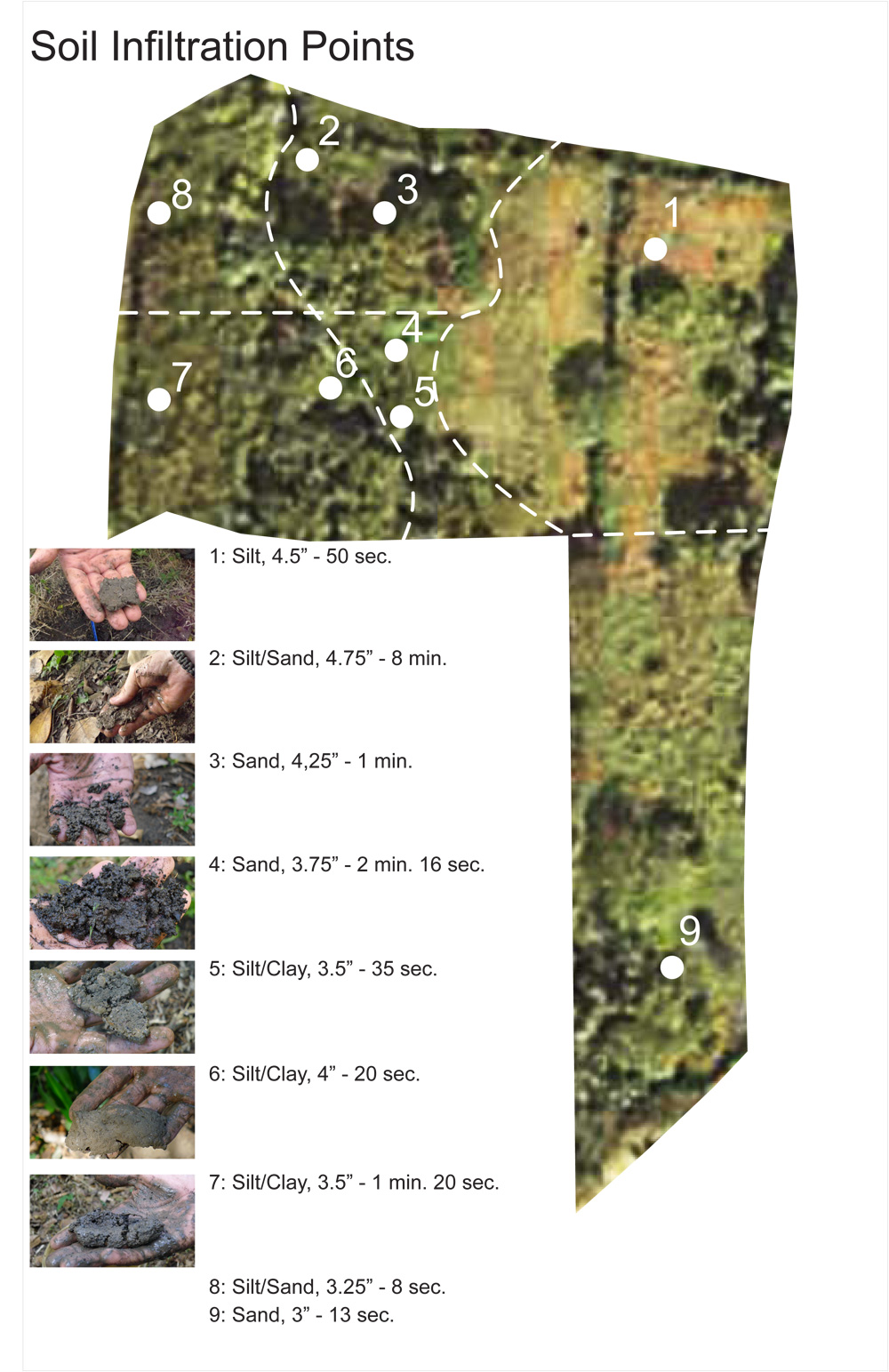
 Tuesday, May 8, 2012 at 2:56PM
Tuesday, May 8, 2012 at 2:56PM 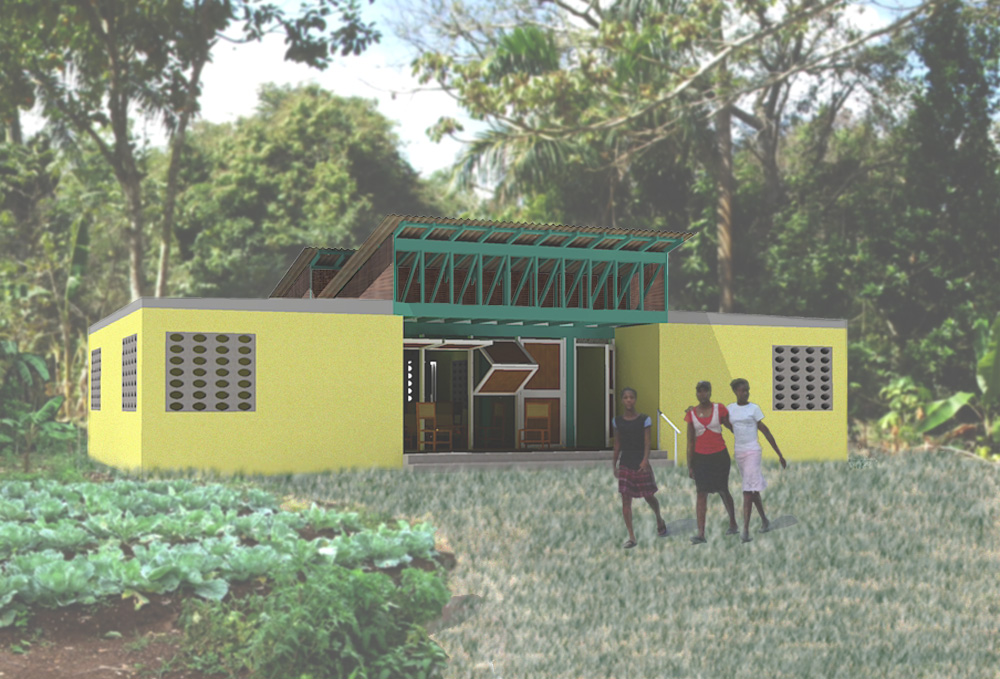
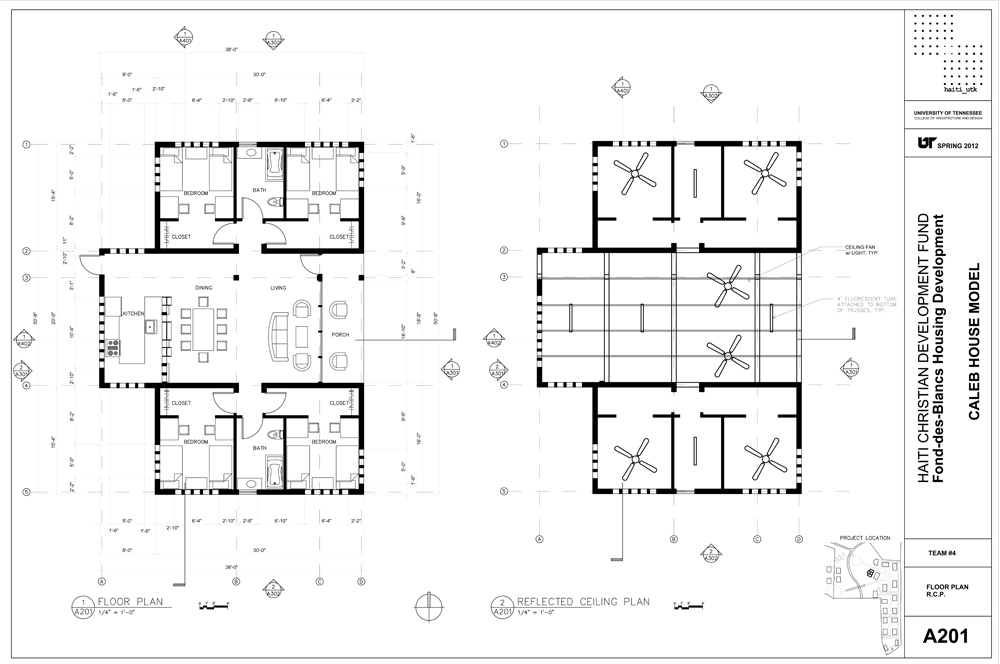 floor plan and reflected ceiling plan
floor plan and reflected ceiling plan